The Nikon Z5 and Z6 are two popular choices in Nikon’s full-frame mirrorless lineup. While they may look similar on the outside, there are significant differences under the hood that can influence which one is the better fit for you.
Whether you’re a hobbyist, a professional, or somewhere in between, choosing between the Nikon Z5 vs Z6 comes down to understanding how these differences align with your specific needs. So, in this article, we’ll break down the essential aspects of both cameras, giving you a clear picture of what each has to offer. By the end, you’ll have a better idea of which model is best suited to your photography or videography journey – and how to invest in one of these cameras while saving some money at the same time with MPB.
What is MPB? It’s a trustworthy and innovative online platform that offers high-quality used photo and video gear at excellent prices. Better yet, every camera and lens it sells is hand-inspected by expert product specialists with years of experience. Most of its inventory is backed by a six-month warranty, allowing you to make your purchases confidently and worry-free whether you need an intermediate camera, a DSLR, bird photography gear, or something in between.
What truly distinguishes MPB, though, is its state-of-the-art online platform. It’s a revolutionary tool that makes saving money on gear oh-so-easy. You can buy, sell, or trade photography equipment to fill out your kit for your current needs. What’s not to like?!
Check out the video above by Ralph Mayhew Photography to explore some of the differences between the Nikon Z5 and Z6.
Table of Contents
- Nikon Z5 vs Z6 Sensor and Image Quality
- Nikon Z5 vs Z6 Autofocus System
- Nikon Z5 vs Z6 Video Capabilities
- Nikon Z5 vs Z6 Build and Handling
- Nikon Z5 vs Z6—Which Should You Choose?
Nikon Z5 vs Z6 Sensor and Image Quality
When comparing the Nikon Z5 vs Z6, one of the first things to consider is sensor and image quality. Both cameras are equipped with full-frame sensors, but there are notable differences that might sway your decision.
Nikon Z5: Solid Performer for Photography
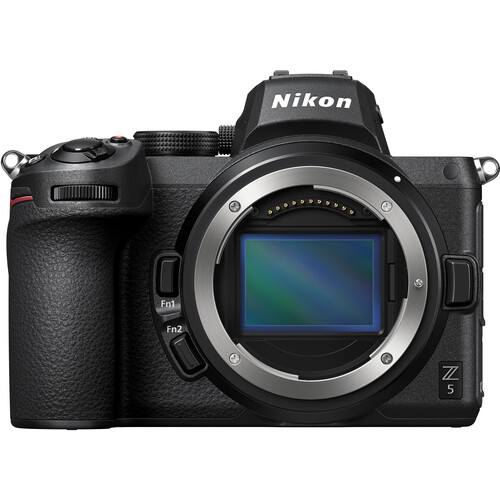
The Nikon Z5 features a 24.3-megapixel CMOS sensor, which is slightly different from the 24.5-megapixel BSI (backside-illuminated) sensor found in the Z6…
While the difference in megapixel count is minimal, the type of sensor plays a more significant role in performance. For example, the Z5’s standard CMOS sensor delivers excellent image quality with good detail and color accuracy. It’s a fantastic option for photographers who primarily shoot in well-lit environments.
However, in low-light conditions, the Z5 might not perform as well as the Z6 due to the latter’s more advanced sensor technology. Speaking of which…
Nikon Z6: Enhanced Low-Light Performance
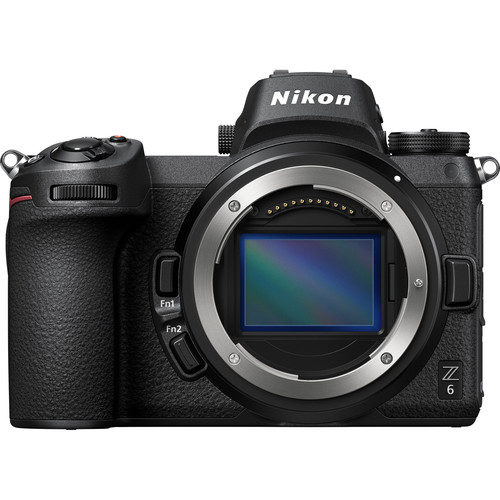
The Nikon Z6 has a 24.5-megapixel BSI sensor designed to capture more light, making it a stronger performer in low-light situations. This sensor allows for better dynamic range and noise control, too, meaning your images will retain more detail and have less noise, even at higher ISO settings.
If you often find yourself shooting in challenging lighting conditions—whether it’s indoor events, nighttime landscapes, or astrophotography—the Z6 offers a clear advantage. The enhanced low-light performance could be a deciding factor when choosing between the Nikon Z5 vs Z6.
Nikon Z5 vs Z6 Autofocus System
A camera’s autofocus system is crucial for capturing sharp images, especially in fast-paced or unpredictable environments. Let’s dive into how the autofocus capabilities of the Nikon Z5 vs Z6 compare.
Nikon Z5: Reliable But Limited
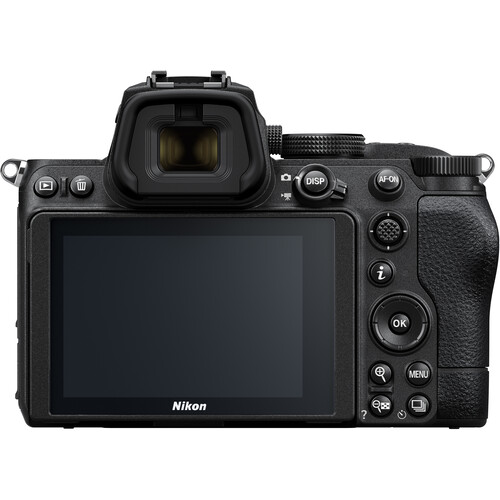
The Nikon Z5 features a 273-point phase-detection autofocus system. While this is a robust system that performs well in most scenarios, it’s slightly less advanced than what you’ll find in the Z6.
For casual shooters or those who don’t frequently shoot fast-moving subjects, the Z5’s autofocus system should be more than sufficient. It’s accurate and reasonably fast, making it a great choice for portrait photography, landscapes, and everyday shooting.
Nikon Z6: Superior Autofocus for Action and Video
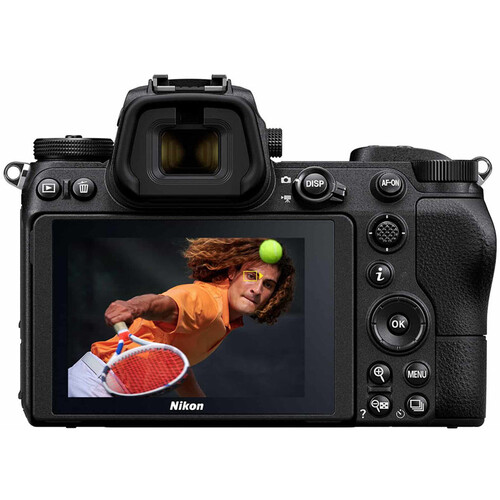
The Z6, on the other hand, is equipped with a 273-point phase-detection autofocus system that’s more refined and better suited for action photography and videography. The Z6’s autofocus is faster and more accurate, particularly when tracking moving subjects.
This makes the Z6 a better option for sports photographers, wildlife enthusiasts, or anyone who needs reliable autofocus in dynamic situations. Additionally, the Z6’s autofocus system excels in video mode, making it a strong contender for videographers who require precise and responsive focus. This is due in large part to the fact that the Z6’s autofocus system covers 90 percent of the image area on the vertical and horizontal axes.
What’s more, subject tracking works nearly all the way to the edge of the frame. On top of that, the camera’s hybrid AF system automatically changes between contract-detect and phase-detect systems when shooting video. The result is ultra-smooth focus while you’re shooting.
Nikon Z5 and Z6 Lenses
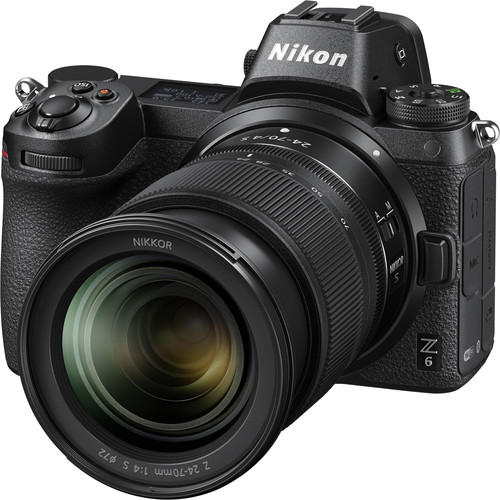
Nikon Z6 with a Nikon Nikkor Z 24-70mm f/4 S lens.
Both the Nikon Z5 and Z6 use Nikon’s Nikkor Z-mount lenses. There is a huge ecosystem of these lenses you can choose from to fill out your camera bag. Popular options include the following:
- A fast prime lens: Nikon Nikkor Z 50mm f/1.8 S
- A more capable kit lens: Nikon Nikkor Z 24–70mm f/4 S
- A zoom with a wide focal range: Nikon Nikkor Z 24–120mm f/4 S
- An ultra-wide-angle zoom: Nikon Nikkor Z 14–30mm f/4 S
Nikon Z5 vs Z6 Video Capabilities
If you’re equally as interested in video as you are in photography, comparing the Nikon Z5 vs Z6 in terms of video capabilities is essential. As you’ll see below, there are some important differences.
Nikon Z5: Capable for Casual Videographers
The Nikon Z5 offers 4K video recording up to 30fps, but there’s a catch—it comes with a 1.7x crop factor. This means that when shooting in 4K, your field of view is reduced, which can be a limitation for wide-angle shots or when trying to capture expansive scenes. The Z5 does offer full sensor readout when shooting in HD at up to 60fps, though. Check out other Z5 video features in the video above by Ralph Mayhew Photography.
While the Z5 can still produce high-quality videos, this crop factor might be a dealbreaker if you’re a more serious videographer. The Z5 is better suited for you if you only shoot video occasionally or don’t require the full-frame field of view.
Nikon Z6: A Versatile Video Powerhouse
The Z6, however, shines in the video department. It offers uncropped 4K video recording at up to 30fps with full-pixel readout, providing sharp and detailed footage (full HD video is available at up to 120fps, too). The Z6 also supports 10-bit HDMI output and N-Log, giving you greater flexibility in post-production. Check the Z6’s video capabilities out in more detail in the video above by Kai W.
Furthermore, you can add ProRes RAW to the Z6, which allows it to output raw footage to an external Atomos recorder. This, in turn, gives you more control over color grading while also enabling you to output uncompressed 12-bit RAW video.
So, if video is a significant part of your workflow, the Z6’s superior video features make it the clear winner. Whether you’re creating content for YouTube, shooting short films, or capturing cinematic footage, the Z6’s video capabilities are hard to beat.
Nikon Z5 vs Z6 Build and Handling
Finally, let’s talk about the physical aspects of the Nikon Z5 vs Z6. How do these cameras feel in the hand, and what’s it like to use them in various shooting conditions?
Nikon Z5: Compact and User-Friendly
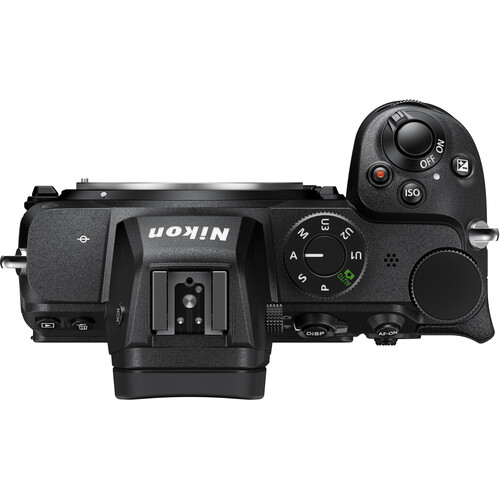
The Nikon Z5 is slightly smaller and lighter than the Z6, making it a more portable option. This could be a key factor if you’re looking for a camera that’s easy to carry around for travel or street photography.
Both cameras share a similar design and build quality, with weather-sealed magnesium alloy bodies that can withstand tough shooting conditions. However, the Z5 is designed with dual SD card slots, which can be an advantage if you prefer the reliability of SD cards or need extra storage space during shoots.
Nikon Z6: Robust and Feature-Rich
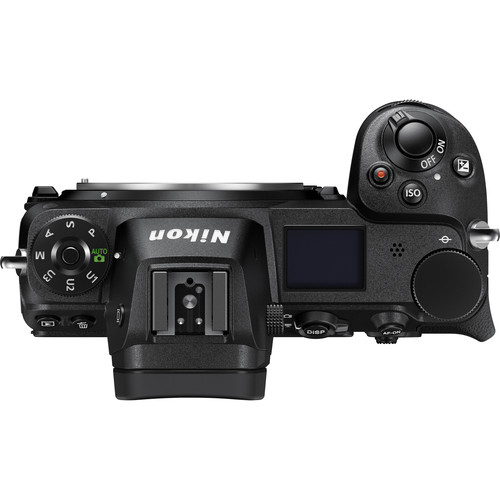
The Z6, while slightly larger, is still highly portable and offers the same rugged build quality. One key difference is that the Z6 uses a single XQD/CFexpress card slot. These cards offer faster read and write speeds compared to SD cards, which can be beneficial for shooting high-speed bursts or recording 4K video.
The control layout and ergonomics are nearly identical between the two, so you’ll have a comfortable and familiar experience regardless of which model you choose. However, the Z6’s slight edge in build quality and advanced features might make it more appealing if you’re an inspiring professional or if you demand the best from your gear.
Nikon Z5 vs Z6—Which Should You Choose?
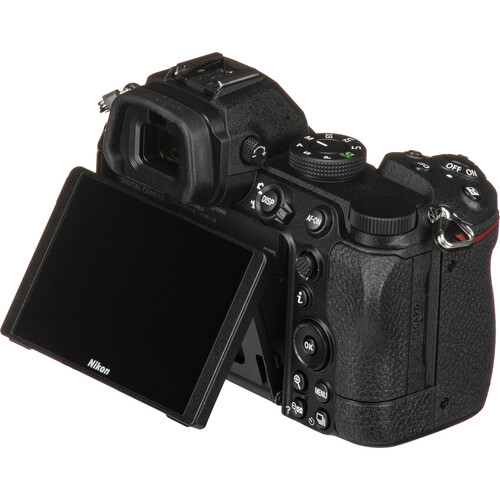
Nikon Z5
When deciding between the Nikon Z5 vs Z6, it ultimately comes down to your specific needs and how you plan to use the camera.
Choose the Nikon Z5 if you’re primarily a photographer looking for a more affordable entry into full-frame mirrorless photography. Its solid image quality, reliable autofocus, and compact design make it a great choice for enthusiasts and hobbyists.
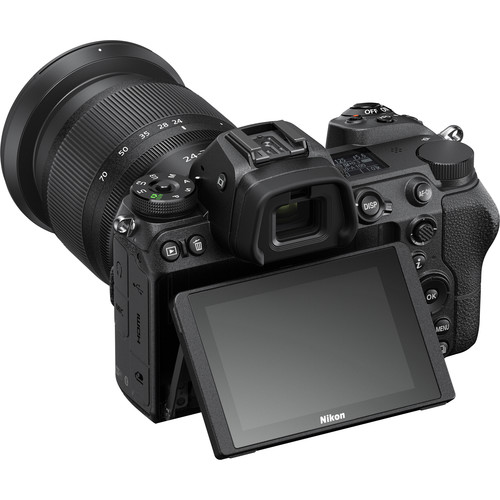
Nikon Z6
Opt for the Nikon Z6 if you need a camera that excels in low-light conditions, offers superior video capabilities, and has a more advanced autofocus system. It’s the better choice for professionals, action photographers, and videographers who require top-notch performance.
Both the Nikon Z5 and Z6 are excellent cameras, though, and neither will disappoint. The best camera for you is the one that aligns most closely with your creative goals and shooting style (and your budget, too!). Fortunately, online platforms like MPB have an ever-evolving inventory of Nikon Z5 and Nikon Z6 camera bodies at many different price points. Check out their current inventory today and get started on upgrading your kit!
Heads up: Clicking on our affiliate links and exploring our sponsored content helps us at no extra cost to you, and we only recommend gear we’re absolutely crazy about!


[…] Nikon Z5 vs Z6: Which Full-Frame Mirrorless Camera is Right for You? […]
[…] Nikon Z5 vs Z6: Which Full-Frame Mirrorless Camera is Right for You? […]
[…] Nikon Z5 vs Z6: Which Full-Frame Mirrorless Camera is Right for You? […]